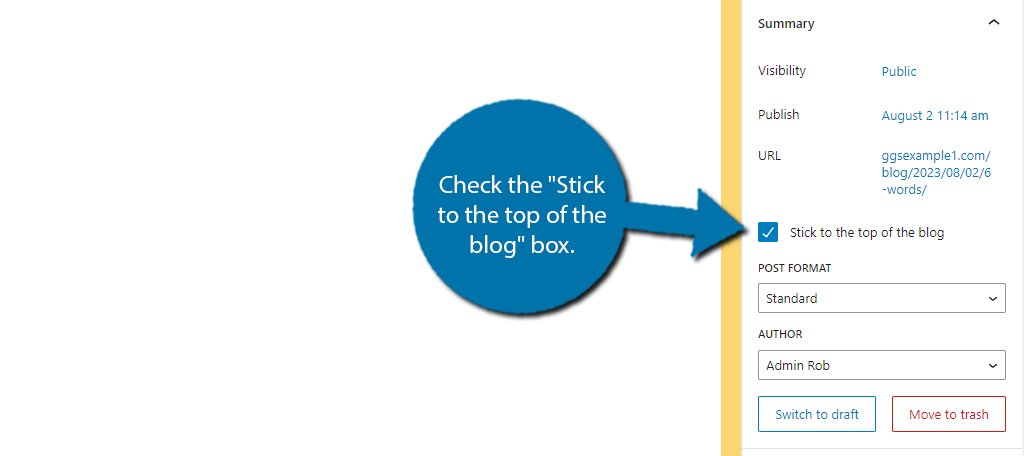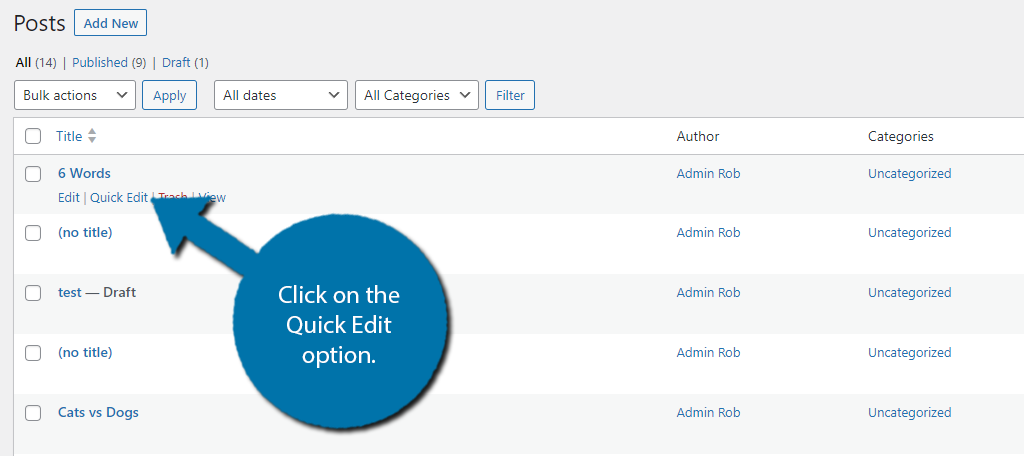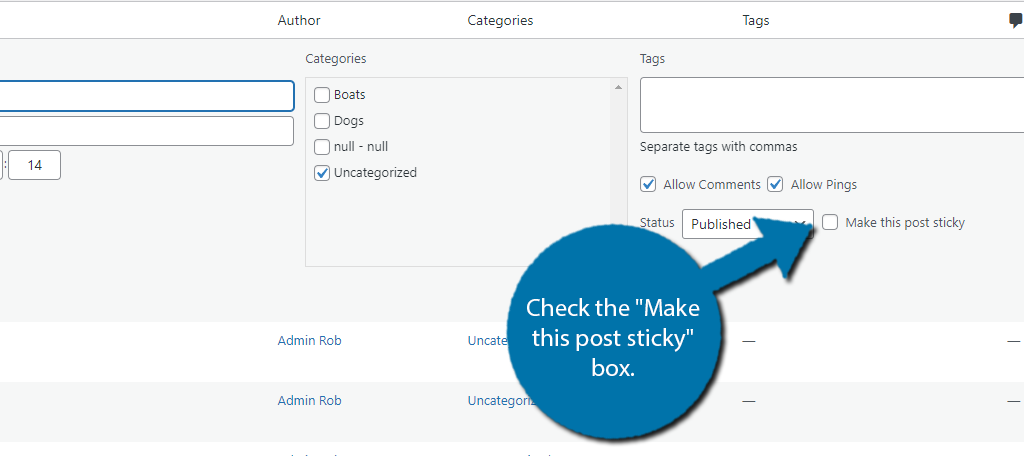Depending on the type of website you are running, you may want to showcase a particular post on your site for informational purposes. For example, if you are announcing a new feature. You can do this by using Sticky Posts in WordPress.
Sticky posts are posts that stay at the top of your post list even when you release new posts. Essentially, it is always visible from the list and can help drive traffic to that particular article. It is ideal for informational and announcement posts.
You can have multiple sticky posts in WordPress, but it is best to limit it to a single post. Remember, it will appear above new post content, thus it could make it harder to find if there is a long list of sticky posts to go through.
Today, I will demonstrate how to create Sticky Posts in WordPress and how to manage them.
What Types of Post Content Should Be Sticky?
Not all posts should be sticky posts, in fact, if every post was a sticky post, it would undermine the entire system. As a result, you need to be selective about what content receives this treatment, and proactive at removing this feature from others.
First and foremost, the most common type of sticky posts are announcement posts. This could be if your business is announcing a new service or product, a new deal, a new partnership or integration, or just something new in general.
Essentially, if you want everyone to see this post, make it sticky to help get the word out.
The other kind of post content that should become sticky is pillar content. Pillar content is the central piece of content for your site that is always relevant.
For example, let’s say you have a website dedicated to video games.
You might want to make a post sticky that is a list of all upcoming games if it is regularly updated because it is always relevant.
Another example would be seasonal content. Halloween, Christmas, Valentine’s Day, and so on all usually have dedicated content from websites. If you don’t plan on making new content, sticking your older content is a great option.
How to Make A Sticky Post In WordPress
There are two main ways to add a sticky post in WordPress. The first is by going directly to the post you want to make sticky and checking the box. The second method is to use the quick edit option to check the box.
Both methods have the same result, so I will cover them both.
Method 1: Creating A Stick Posts In WordPress
Making a post sticky in WordPress is actually incredibly simple. Every post contains a checkbox that does this, thus, you just need to check a box and the post becomes sticky.
It takes less than a minute, so let’s get to it.
Simply visit the post that you want to make sticky. In the post settings, check the “Stick to the top of the blog” box.

And that is really all there is to it. While the majority of themes in WordPress natively support this, it is possible to run into a theme that does not offer sticky post support. That said, it is probably a really old theme as this is a standard feature in 2023.
If you encounter this, I recommend finding a new theme.
Method 2: Using the Quick Edit Section
Another way to do this is by using the quick edit menu for posts. As the name suggests, it allows you to edit a post quickly by not requiring you to actually go into it.
Start by going to the post section of WordPress. Hover over the post that you want to make sticky and click on the “Quick Edit” option.

The Quick Edit section allows you to change post information directly from the post section. This includes things like the post title, slug, author, categories, tags, and what we want, making it sticky.
Simply check the “Make this post sticky” box.

And that is it. The post will now be considered a sticky post.
Is There a Difference Between a Featured Post and Sticky Post in WordPress?
You may be wondering if there is a difference between featured and sticky post content in WordPress. Both of these are ways of promoting post content in WordPress, but there is a key difference between the two of them.
Sticky posts are generally reserved for permanent content or important announcements, whereas featured posts are typically the most popular posts currently on your site or exist for affiliate means.
Featured posts are typically front and center on your home page or viewable in the sidebar of your website. Some websites may also use featured posts to promote affiliate content to ensure more eyes reach the page.
Meanwhile, sticky posts are intended for announcements or more permanent pillar/evergreen content.
While they function similarly, they are quite different.
Always Keep Visitors in the Loop
As you can see, creating a sticky post in WordPress is very easy. It is a built-in feature that all modern WordPress themes support.
Just remember to actually remove sticky post content when adding new ones. This content will appear at the top of your post list, as such, it can hide newer posts from getting the attention they deserve if you have a huge list of sticky posts.
In any event, I hope this guide has helped you create a sticky post in WordPress.
What kind of post content did you make sticky in WordPress?

